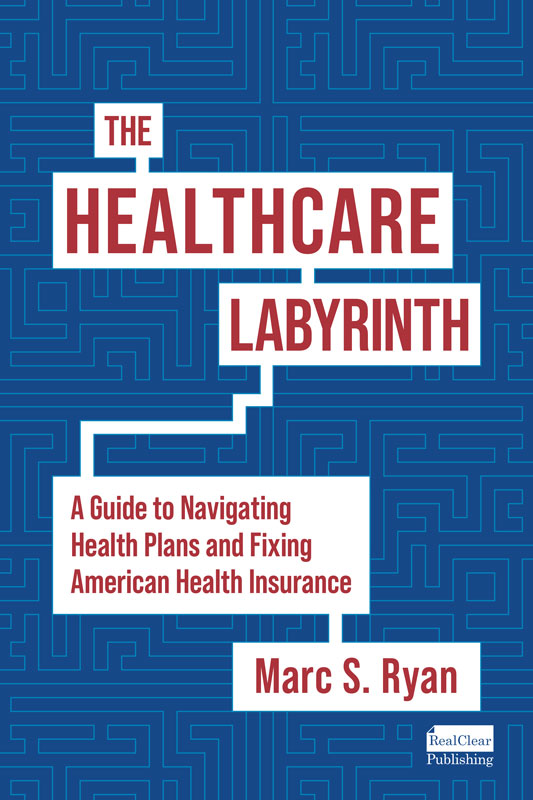
July 26, 2024
What If Exchange Premium Subsidy Enhancements Lapse? A new Kaiser Family Foundation (KFF) analysis determines the potential effects of the lapsing of the enhanced premium subsidies in the Exchanges after 2025. KFF concludes that enhanced subsidies have cut premium payments by an estimated 44%. It says if the enhancements lapse, individuals in twelve of the states that use HealthCare.gov would see their annual premium payments at least double on average. Enrollees with low incomes would see the greatest jump in their premium payments, but all income groups would be hurt (including middle-income earners). The Congressional Budget Office (CBO) said that Exchange enrollment would drop from an estimated 22.8 million in 2025 to 18.9 million the following year if the subsidies lapse. It would drop to 15.4 million in 2030. This would send our uninsured rate up. I expect it to continue to increase now due to the Medicaid redeterminations and losses







